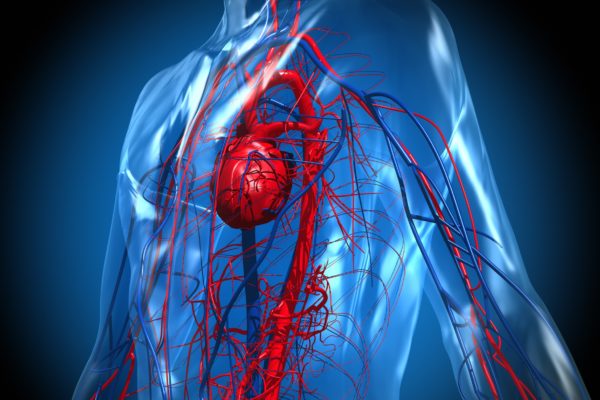
Cancer.gov
Trophoblastic diseases are rare cancerous conditions that develop in the trophoblast. Trophoblastic cells form the placenta during pregnancy.
There are several types of trophoblastic disease:
Choriocarcinomas, placental site trophoblastic tumours and epithelioid trophoblastic tumours are considered as cancers.
In a complete mola pregnancy, there is too much DNA from the father and none from the mother. A partial mola pregnancy shows some DNA from the mother but an excess of DNA from the father. As a result, there are too many chromosomes. Gestation may occur, but the foetus will normally not be able to live.
During pregnancy, trophoblastic cells produce the hormone hCG, human chorionic gonadotrophin. If, after a mola pregnancy production does not return to normal levels, it is known as a condition called post-mola gestational trophoblastic neoplasia or persisting trophoblast. This occurs in around 15% of all mola pregnancies.
There are three types of persisting trophoblast: choriocarcinoma, PSTT and epithelioid trophoblastic tumour. A choriocarcinoma is a tumour consisting of trophoblastic cells where hCG has not returned to normal levels. This causes damage to the muscles and blood vessels of the uterus. This type of cancer can spread to the lungs, the liver and the brain. Choriocarcinomas can also occur after a miscarriage.
PSTT are rare tumours that develop in the location where the placenta attaches to the uterus. Cancerous cells grow into the muscle of the uterus and adjacent blood vessels. PSTT tumours produce little hCG, and the same goes for epithelioid trophoblastic tumours. These are relatively slow growing and bear a resemblance to squamous cell carcinoma. These tumours can occur years after a pregnancy. Around 30% of them spread to other organs.
Women with excess concentrations of the hCG hormone can present the following symptoms:
No direct cause for trophoblastic diseases is known. There are also no known, clearly identified risk factors.
A GP that suspects a patient has a trophoblastic disease will refer her to a gynaecologist. The gynaecologist will perform an ultrasound and will do a physical examination. In this setting, an internal examination of the vagina and cervix is also indicated. An internal ultrasound (also known as a transvaginal ultrasound) will provide information regarding the ovaries and the uterus.
After diagnosis, subsequent tests may be done in order to establish how far the disease has developed. These tests include lung X-rays, CT scans and MRI scans.
Trophoblastic diseases are graded along four stages:
Trophoblastic diseases can be treated in the following manners:





